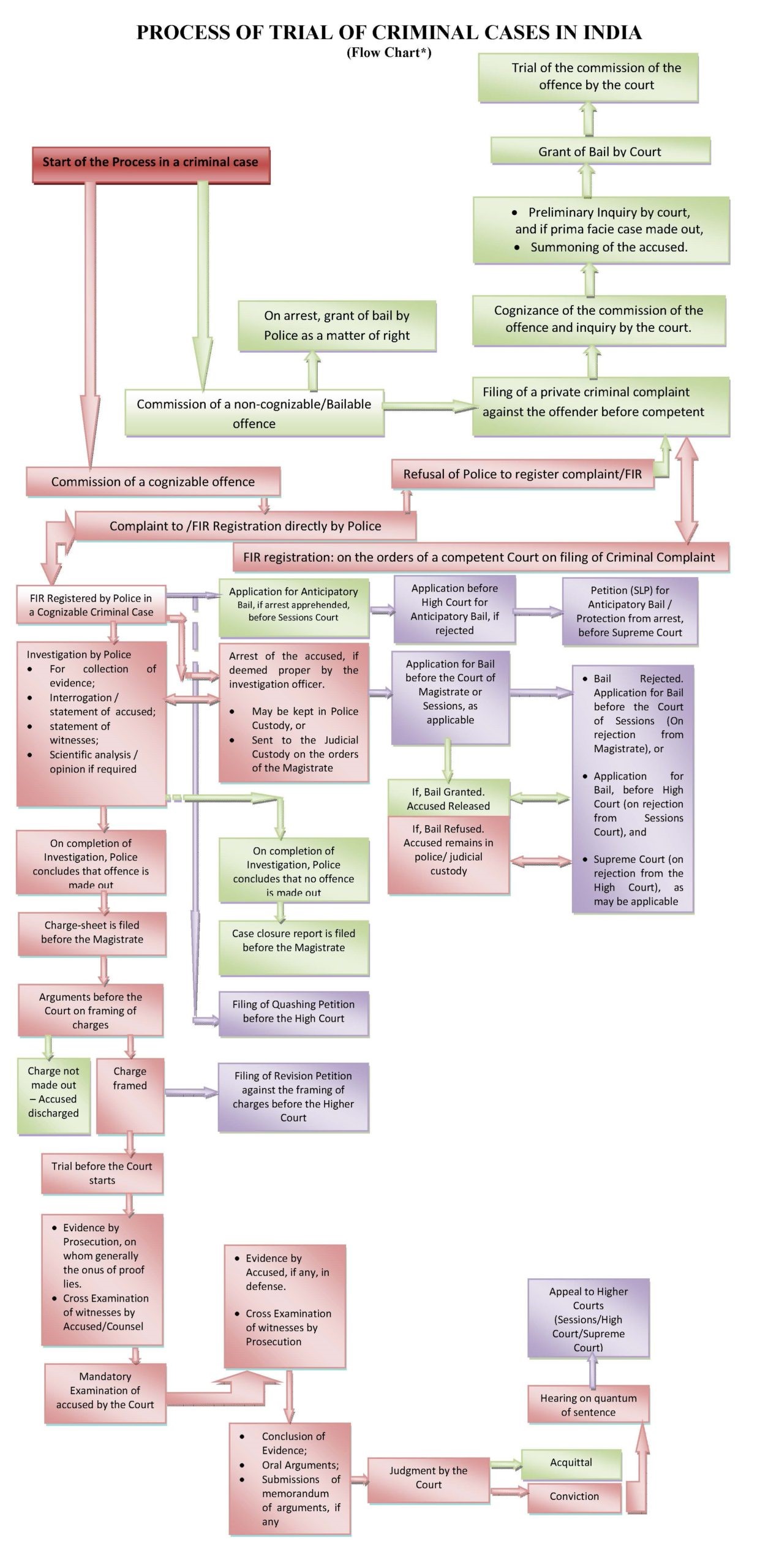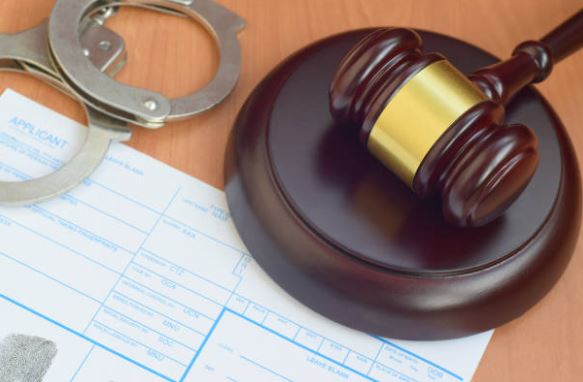Introduction:
The legal perspective in India has gone through sea changes over the many decades, and the introduction of Bharatiya Nyaya Sanhita Samhita makes a definite departure from the established CRPC. Therefore, a limited analysis regarding the most prominent changes between the two Codes, that is, CRPC and BNSS, shall hence be done with respect to how these changes would affect criminal justice administration in India.
Historical Background:
With the objective to improve the efficiency, equity, and the innovation of the criminal justice system, legislators and the legal community have enlightened areas that require change over the years. To close such gaps and enhance criminal proceedings, the BNSS was established. The Criminal Procedure Code was applicable to the whole of India. In CPC, there were 484 sections, 2 schedules and 56 forms. These sections were divided into 37 chapters. The entire code is divided into two stages.
(1). Pre-trial Process, which includes investigation; section 1 to 199 of CRPC.,
(2). Trial Process, which includes Inquiry and Trial; Section 200 to 484 of CRPC.
Whereas BNSS has 531 sections as against 484 in CRPC, with changes in 177 sections, addition of nine sections and 39 sub sections and deletion of 14 sections. The BNSS mostly preserves the provisions of the existing CRPC, however, it aims to simplify the criminal procedure, reduce the trial duration, enhance investigatory powers of the police, implement modernisation for procedure etc.
PURPOSE:
- Is to provide comprehensive framework for the administration of criminal justice in India. While both provide similar overreaching goals, they differ in specific clause and approaches to modernising the criminal justice system of India.
- CRPC: Purpose
- Framework Procedural
- Right to accused
- Oversight (Judicial)
- Consistency and Uniformity
- Protection [Victim]
- BNSS: Purpose
- Efficiency
- Modernization
- Enhanced Victim Protection/ Rights
- Provisions for heinous offences
- Justice [Restorative]
Significant Changes brought by the Bharatiya Nagarik Suraksha Sanhita, 2024
Section 15: Allows the state government permission to nominate any police officer as a Special Executive Magistrate in addition to an Executive Magistrate, given that the officer has rank not below the Superintendent of Police.
Section 23: It increases the power of imposition of Magistrate of first class from 10,000 to 50,000rs, and of a Magistrate of second class from (5,000-10,000). These two have also been empowered with stunning community service as a form of sentence.
Section35(7): The law protects the aged and disabled form being arrested. It states that if the person is 60 years of age or older and has a medical condition that might result in sentence of less than three years, they cannot be arrested without prior approval from officer ranking not below than Superintendent of police.
Section 63: Acquaint technological compatibility for the court to serve and issue summons through an electronic form which is verified by a digital signature or photograph of the court’s seal.
Section 66: Permits for the service of a duplicate copy of the summons to some adult member of the summoned person’s family in the case in which the summoned person fails to appear. Then the prior provisions that stated ‘some adult male member’ will be replaced by this one.
Section 84: Permits that proclaimed offender can be declared in all the offences which are punishable with-
(1). Imprisonment of 10 years or more,
(2). Imprisonment (life),
(3). With Death.
Section 145: Permits for the beginning of maintenance proceedings against a person at their place of resident of their dependant mother or father.
Section 173: Introduces Zero FIR filing clause, that states when police receive information indicating the committing an offence above the borders of a police station, that they must record in the book the officer might keep. Furthermore, a clause allowing the filling of information through electronic communication (E-FIR) has been comprised. This clause states that the signature of individual giving the information which needs to be obtained not less than 3 days before the E-FIR is filled.
Section 179(1): Protects the right of elderly and infirm to serve as witness in situations when no person over 60 years or suffering from a serious health condition would be compelled to appear anytime other than their place of residence.
Section 184: Specifies that the registered medical practitioner shall forward the report of rape victim’s examination provided by a licensed medical practitioner and transmit it to the magistrate within seven days. This provision optimises the entire document supply procedure and establish a deadline for the delivery of medical reports.
Section 398: It mandates the preparation and notification of a witness protection scheme by a every state government. The Law Commission’s 14th, 154th .172nd ,178th, and 198th Reports along with the Malimath Committee, had also stressed the need for an extensive witness protection plan.
[Image Sources: Shutterstock]
Additions:
- Section 2, defines and involves ‘electronic communication’ and ‘audio-video electronic’ means for various procedures on the usage of electronic mode for all proceedings and trials.
- Section 105 of the BNSS makes the videography of search and seizure, and the signing of it by the witness mandatory.
- Section 107 provides for power to hold trials and pronouncing judgments ex parte against absconding offenders evading trial.
- Under Section 173, facilities for filing FIRs electronically have been provided, which is to be signed by the person giving it within three days of recording. Besides, Section 176 has reiterated that forensic investigation is mandatory for offences punishable under seven or more years of imprisonment.
- Section 185 mandates the audio-video recording of a search without a warrant.
- Section 258 mandates that a judgment of acquittal or conviction must be passed within 30 days from the completion of arguments, that is extendable only by 45 days for specific reasons.
- Section 346 provides that a trial or inquiry shall be daily.
- Section 530 of BNSS also provides for all trials, inquiries and proceedings held in electronic modes.
- Chapters VI, VII, and VIII provide for the attachment of the accused’s property in cases of financial offences.
- Provisions contained in Chapters XVII, XIX, XX, set timelines for different investigatory stages to address delay in procedure.
Deletions:
- Provisions contained under the CrPC, dealing with ‘Metropolitan areas’ and ‘Metropolitan Magistrates’ have been omitted from the BNSS.
- The post of Judicial Magistrate of third-class and Assistant Sessions Judge was omitted to bring uniformity.
- Section 144-A of the CrPC which conferred power on the District Magistrate and the State Government to prohibit the carrying of arms in procession or mass drill or mass training has been deleted.
Conclusion:
Both CRPC and BNSS share purpose of ensuring justice severed in fair, efficient and transparent manner. However, BNSS shall build upon the foundation laid by the CRPC through modern reforms and redressal of challenges in designing and implementing a much more responsive and victim-centric criminal justice system. The impact will be cardinal to monitor as soon as possible, ensuring that the realization of the intended benefits comes out to enhance the overall effectiveness of India’s criminal justice system.
Author: Achal Bhandari, in case of any queries please contact/write back to us via email to chhavi@khuranaandkhurana.com or at Khurana & Khurana, Advocates and IP Attorney.





